The Korean war "Gorilla"
A WW2 self propelled gun (hence it is classed there, as designed during the war), it was introduced in service too late for the war, but right in time for the Korean war where it brought a valuable experience later translated into new self propelled guns, all the way to the coldwar M109. The 155 mm Howitzer Motor Carriage M41 ("M41 Gorilla") was a self-propelled artillery vehicle using the more modern M24 Chaffee tank chassis. But of 250, only 85 were produced before cancellation in late 1945.Origin and development
Mated on an M5A1 Stuart: T64
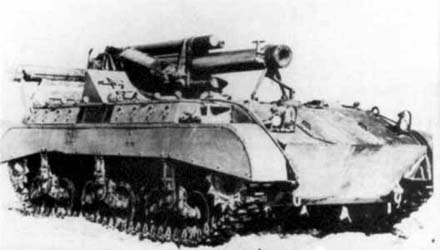
T64 Prototype in 1942
In December 1942, work started on a new self-propelled howitzer, using the recent M1 155mm howitzer; combined to the chassis of the M5 Stuart light tank. The idea was to create a powerful yet fast, reliable and very mobile platform, as was the M8 HMC Scott. However the gun was way to heavy to be fitted into any turret and it was understood an open cradle would be necessary, as was the M7 Priest. Soon, Rock Island Arsenal produced a single prototype, designated the T64.
The T64 155mm Howitzer Motor Carriage (HMC) needed to work a lengthened M5A1 Light Tank chassis, with an extra axle, for three bogies instead of two. Its early developed did not started in late 1942 but already by May 1941 when the Arly was already testing the T16 4.5in Gun Motor Carriage, not being even at war. This chassis used components from the M3 Light Tank and T7 Light Tank project and the development was entrusted to Cadillac also working on the replacement for the M3, the M5 Light Tank. To fit such a large ordnance on such a small chassis urged the creation of the lengthened M5 chassis, givin them he same profile as a M3 Grant or M4 Sherman. This Cadillac chassis proved sturdy and dependable, and was resued for a great variety of projects, including the T64.
Two prototypes of the T16 were ordered and built for testing. The first came out wit the 4.5in gun (113 mm), and the second used a more impressive prewar 155mm howitzer, known as the T64 155mm Howitzer Motor Carriage abd almost similar to the T16, but with the engine replaced at the centre, gun at the rear. This T64 was worked out indeed by December 1942 with the single prototype passing all trials by early 1943.
Swapping on the T24 chassis.
At the same time, development of the new T24 Light Tank that was to replace the M5 in turn, brought new possibilities with a more modern torsion bars/hydraulic dampers chassis, more heavenly placs roadwheels, and better engine. By August 1943 the Ordnance Board began worked out the T64E1, keeping the T24 chassis (prototype for the M24 Chaffee) and repeating the layout of the T64. The single pilot vehicle was authorised on 20 January 1944, later entering production as the M41 Howitzer Motor Carriage, but only arrived at the frontlines as the war ended.The same T24 chassis was thought to become the new standard for various weapons systems, including an AA variant, called the T65 Multiple Gun Motor Carriage (MMC), evolving into the T65E1 by May 1943, then standardized as M19 40mm GMC (to come soon as well). The chassis was tio be used also as specialist vehicles and all would be understood as the "Light Combat Team". The fact of using the same chassis for a variety of application simplified considerably maintenance. In June it was clear that the T64 had no future and the T64E1 was designated as main base of development, up to standardization.
From the T64E1 to the M41.
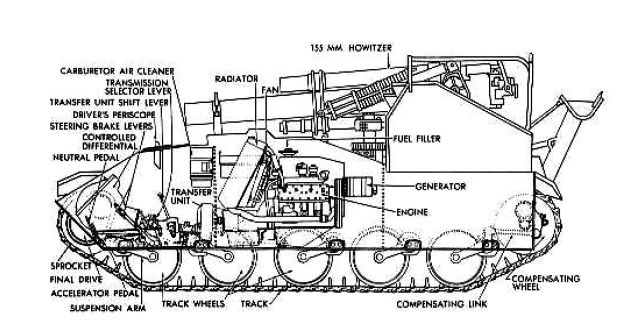
M41 cutout
The T64E1 underwent intensive trials at Aberdeen Proving Ground. The T64E1 reused the layout as the T64 (middle engine, rear gun platform) and tailored to support the recoil of the forward firing 155mm M1 howitzer. The cradle was setup in order to be traversed up to 20.5 degrees to the right, 17 degrees to the left, for the max elevation of +45 degrees. This enabled the vehicle, once buried in place, to still fire at targets many miles apart.
The small chassis however had limuted room for the massive 155 mm shells and only carried 22 internally in horizontal racks, under or either side of the gun mount (basically crammed in every possble way). It was a bit short for prolongated use before supply, so it was planned to have the extra ammunition towed in armoured trailers or brough with accompanying M39 armoured utility vehicles. The latter used the M18 Hellcat chassis and shared many components with the M24 and T64E1.
The pilot vehicle started trials December 1944 (so many months after the choice was made) at Aberdeen Proving Ground and afterwards to the Field Artillery Board at Fort Bragg, where all artillery systems were tested. Minor changes piled up on the T64E1 before production culd be planned, and the name of Massey-Harris came out as available. At the time indeed, the ordnance and US Army production board were experiencing bottlenecks issues and juggling wit hot priorities. The self propelled howitzer program was not at the top of the pile. The replacement for the M4 Sherman and heavy tank programs were.
As the last modifications were made, production was setup at the Massey Harris agricultural equipment company by May 1945. The type at last standardized as M41 by June. Production took two more months before the first serial vehicles were delivered, the war with Japan was over (September 1945). Missing World War II, the Army reduced its initial order for 250 to just 85, basically those advanced enough at the factory to be completed. In fact, 60 were completed by V-Day and still far from being deployed and 85 by the late December 1945. Despite the development started from before even WW2 started, between the mass production of the M7 Priest and turreted M8 Scott as well as Half-Track artillery variants, the offer was already well filled and changing priorities slowed down the development in a considerable way, notably because of the late swap on the new T24 chassis. Nevertheless, nobody at the time could foresee a war in Korea and the role the new weapons system soon nicknamed "gorilla" would play.
Design
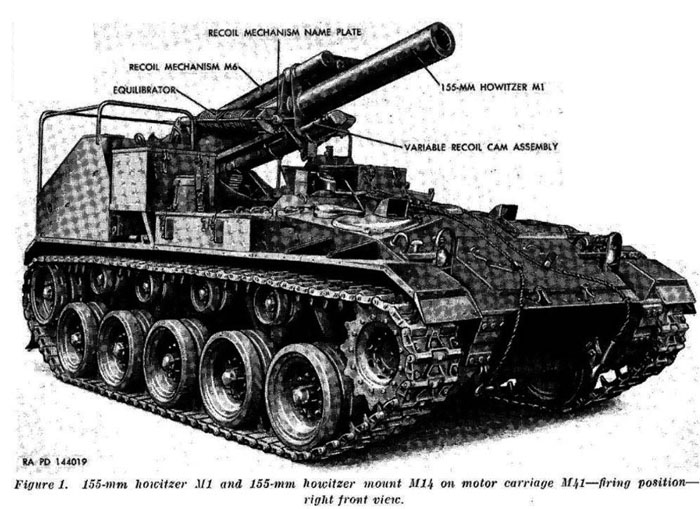
M41 HMC, forward view
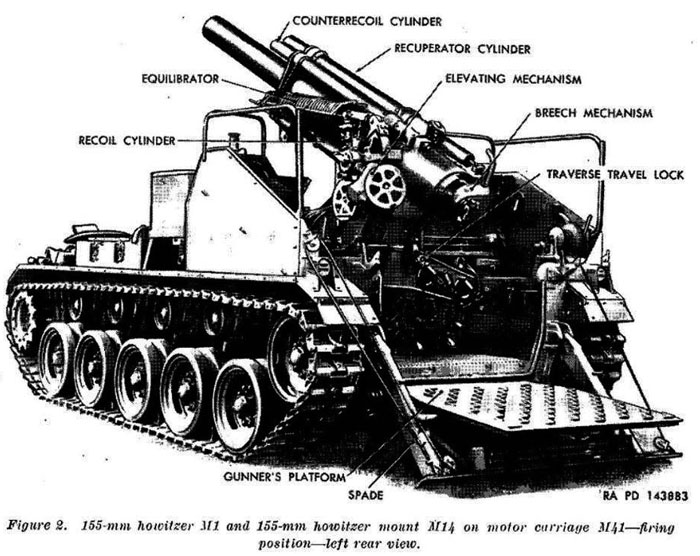
M41 HLC, rear view
The chassis was still about the same as the standard T24/M24 chaffee and M18 MMC. Unlike the previous T-64 which was lenghtened with a third axle, Cadillac engineers managed to keep the chassis identical in size to the standard tank, which made things easier for transport and maintenance. The hull was also about the same above the chassis, notably the nose armour, friver location and hatch, etc. However the engine was moved as seen above to the center, to completely free the aft part for the ordnance. The transmission and drive sprockets were at the front, that did not changed.
The real change was the aft compartment, immediately aft of the engine. There a "bathub" was arranged with a floor brought almost to the chassis floor, with an intermediate layer used for ammunition storage. This was for extra rounds. The traversing cradle was mount above. Ready rounds were stacked alongside the howitzer cradle. The M1 155mm howitzer was a "beast", and its axle was partly protected by triangular side armour plating. Its massive recoil, to spare the suspensions, needed to bury the vehicle before starting firing, unlike the M7 Priest for example. For this, a heavy recoil-absorption spade was mounted at the back, something that was pioneered for heavy artillery self propelled systems at the time. When moving to a new location, the howitze rested on the travelling lock at -5 depression forward.
The T64E1 was indeed to supplement the earlier M12 Gun Motor Carriage, carrying five crew member. The driver was isolated forward in the hull separated from the rest of the crew by the engine and communicating by intercom. The gunners were standing and seating in an open-top compartment arranged like for the 155mm M12 Gun Motor Carriage. As production was ramping up the trailer idea was abandoned and the M39 Armored Utility Vehicle was designated as main supplier. It was capable of carrying 42 rounds of 3-inch (75 mm) ammunition, so the much larger 155 mm, that would be reduced to a fraction (figure unknown to find). Thus one M39 was to be attached to every M41 in action. As for protection, it retook the M24 shapes, with however only 13 mm of armor all around, so thinned down to face small arms and shrapnel. In case of counter battery fire, the howitzer crew was only protected by a 6.5 mm (0.7 in) partial shielding in case of nearby infantry fire, but completely exposed to shrapnel.
Combat weight with T72 tracks was 42,500lbs or 19,300 kg with a total height of 94" (2,40m). Its tread was 96" (240cm) and ground clearance 17" (43cm), fire height was 77" (196cm).
Engine
It had two 110 hp (82 kW) Cadillac V8 engines centrally mounted. In contrast, the M24 had two Cadillac Series 44T24 rated for 220 hp (160 kW) (164 kW) at 3,400 rpm (total), so about the same output. Still, the weight of the ordnance was considerable and performances were moderate: 35 mph (56 km/h) top speed on flat, less on uneven terrain and only 100 or 150 mi (160 or 240 km) in range. Suspensions were the same as the Chaffee, with five axles on torsion bar, four instead of three hydraulic dampers (two aft, two forward), five double-rubberized main wheels, but four instead of three return rollers, rear idlers, single pin T72 tracks links, for a ground pressure of 10.7 psi (74 kPa). To compare 11.3 psi or 79 kPa for the M24.155mm Howitzer M1
 The M114 was developed as towed howitzer developed in 1940 and produced from 1942, standardized as the 155 mm Howitzer M1. It saw action in WW2, Korea and Vietnam War, until replaced by the M198 howitzer. Placed on the M14 mount designed for the M41 HMC, it used a shell with separate loading, bagged charge for a caliber of 155 mm (6.1 in). The mount could elevate up to 45 and -5 degrees with asymetric traverse, 17.5 degrees right, and 20 degree left. Its sustained rate of fire was 4 rpm at a muzzle velocity of 1,847 ft/s (563 m/s) and maximal range of 14,600 m. The shells were manually feeded by the crew, with 22 rounds carried by the M41, and a complement on the accompanying M39.
The M114 was developed as towed howitzer developed in 1940 and produced from 1942, standardized as the 155 mm Howitzer M1. It saw action in WW2, Korea and Vietnam War, until replaced by the M198 howitzer. Placed on the M14 mount designed for the M41 HMC, it used a shell with separate loading, bagged charge for a caliber of 155 mm (6.1 in). The mount could elevate up to 45 and -5 degrees with asymetric traverse, 17.5 degrees right, and 20 degree left. Its sustained rate of fire was 4 rpm at a muzzle velocity of 1,847 ft/s (563 m/s) and maximal range of 14,600 m. The shells were manually feeded by the crew, with 22 rounds carried by the M41, and a complement on the accompanying M39.
specifications M41 HMC | |
| Dimensions (L-w-H) | 230 x 112 x 94 in (5.8 x 2.8 x 2.4 m) |
| Total weight, battle ready | 42,500 lb (19.3 t) |
| Crew | 5: Driver, Gun commander, pointer, 2 loaders |
| Propulsion | Two Cadillac 4T24 V8, 2x 110 hp (82 kW) |
| Maximum speed | 35 mph (56 km/h) |
| Suspensions | Torsion bar, ground pressure: 10.7 psi (74 kPa) |
| Range | 100 or 150 mi (160 or 240 km) |
| Armament | 155mm Howitzer M1 |
| Armor | 13 mm (0.5 in) |
The M41 in service
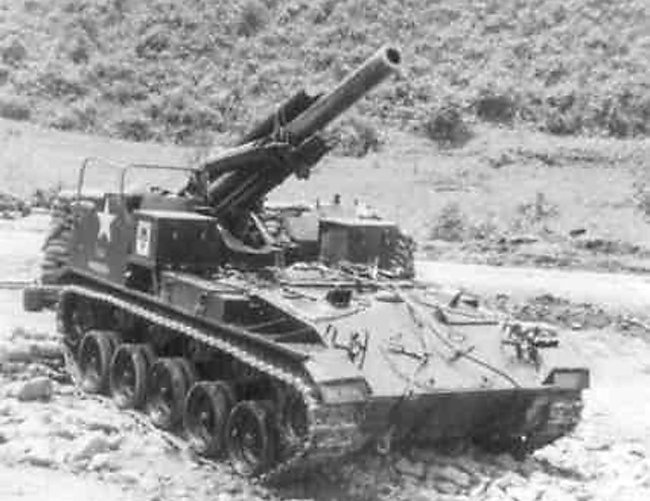
Battery A, 92nd Armored Field Artillery Battalion, 8th Army near Kumhwa, Korea 8th June 1952
After some peacetime service to learn how to use their range and integrate batteries the M41 was well organically distributed between a few artillery unit and earned there the appellation "Gorilla", later used in combat during the Korean War. In the early mobile phase of the war, the M41 supported the infantry progression and when the war became static it went to provide more conventional artillery missions, with its mobility appreciated both on the hilly terrain and to escape counter-battery fire. Probably the best known unit was the 92nd Field Artillery Battalion, entirely reequipped with the M41. It spent up to 300,000th artillery rounds for the duration of the war.
Another famous unit sporting this vehicle was the African-American 999th Armored Field Artillery Battalion, which distinguished itself at the Battle of the Imjin River, covering the 1st Republic of Korea Infantry Division. Battery B evacuated its position and was ambushed by Chinese forces, with 7 crew killed, 31 wounded loosing also two M39s and having two M41s badly damaged. However after the initial shock, the unit reorganized and counter attacked, influcting 100 casualties on the ambushing forces and eventually restarting their covering fire.
The PLA managed to captured two M41s, and they were deployed against US forces at the Battle of Maryang San. One is still on display at Military Museum of the Chinese People's Revolution in Beijing. After the war ended, new self propelled artillery systems were just introduced and the Gorilla was retired. Remaining M41s in Korea were shipped south, to Indochina and passed on to the French Army which used them during the final phase of the conflict.
At the same time was deployed the much heavier 155mm M40 Gun Motor Carriage. In comparison the M41 was nimbler, faster, but lacked in range. Its open-topped gun compartment however still left the crew unprotected, while it was seen as underpowered. Its mobile defensive firepower and even limited protection were a combination appreciated over any towed equivalent, and it was compared to the 105 mm M7 Howitzer Motor Carriage during this war to forge an U.S. Army new doctrine and designs for the early 1960s eventually reaching the M109 and its completely protected turret.
Links/Src
weaponsystems.netfvdb.50megs.com
afvdb.50megs.com/usa/pics/155mmhmcm41
armedconflicts.com
tankarchives.ca
historyofwar.org
en.topwar.ru
militaryfactory.com
en.wikipedia.org
Model kits on scalemates
Illustration references
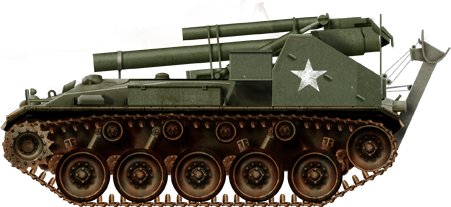
Basic T64E1, January 1945
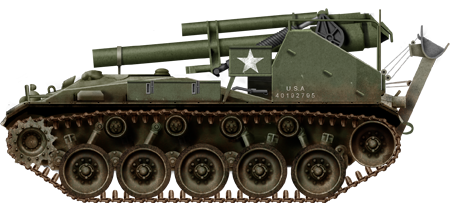
999 Field Artillery Batallion, 24th Infantry, Yaungpyung Korea 1951
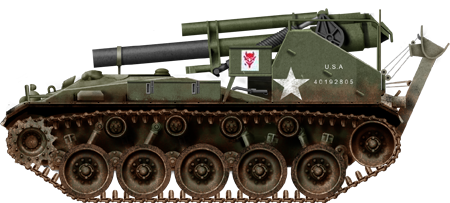
92th Artillery Bataillon "red devils", Sondong Korea 1952
Photos
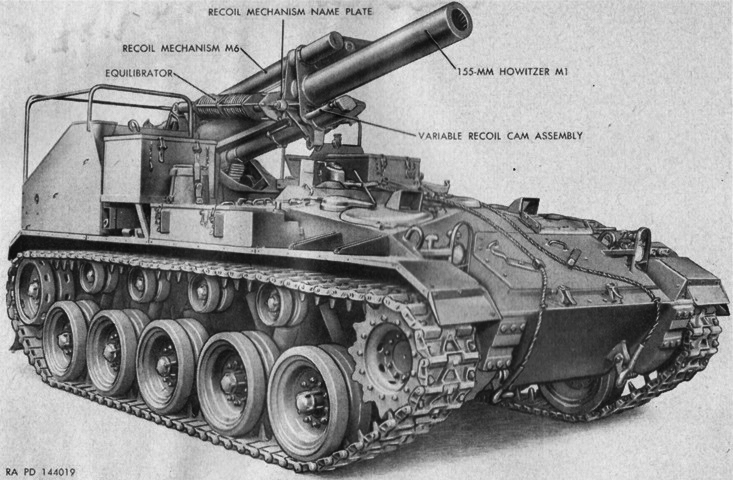
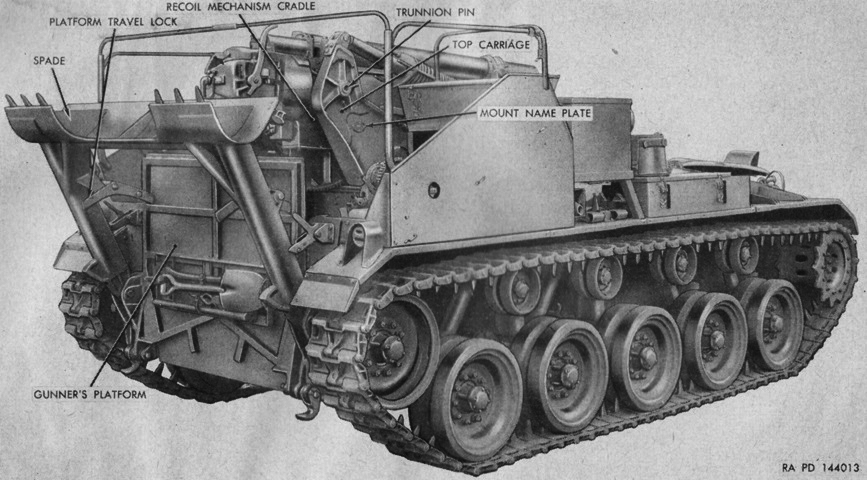
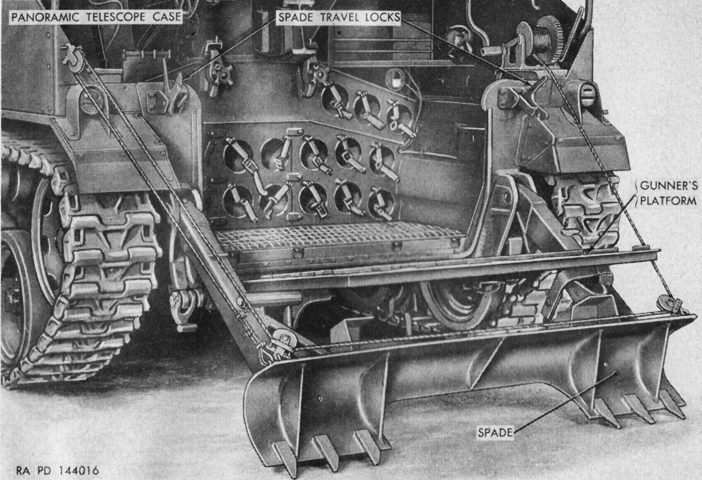
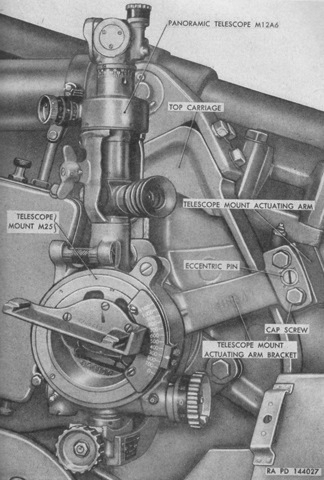
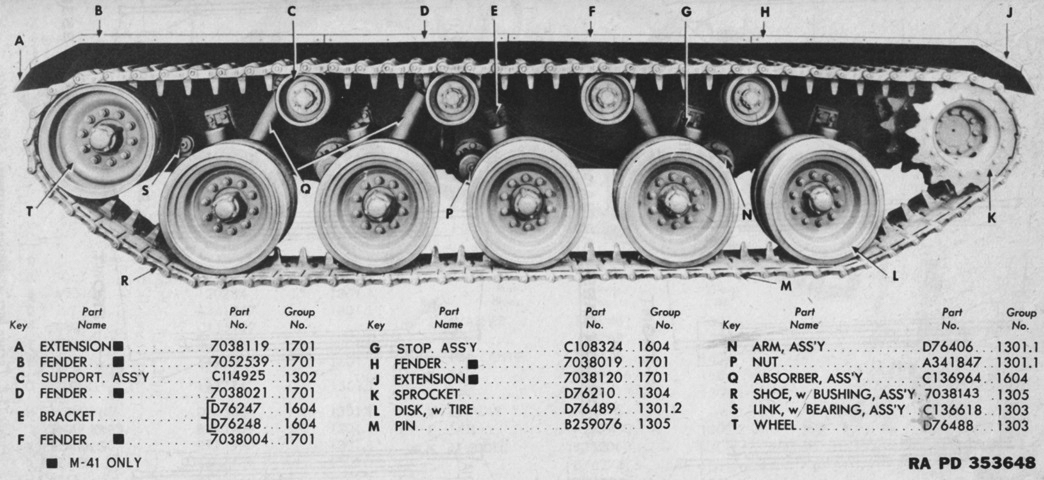
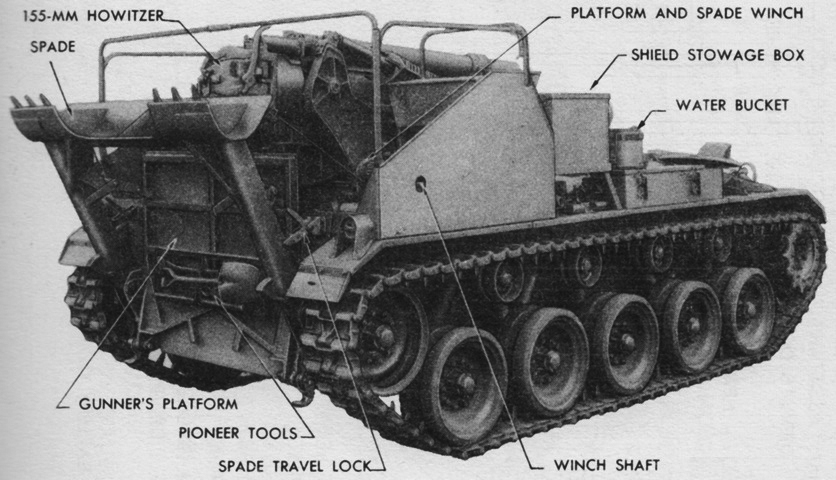
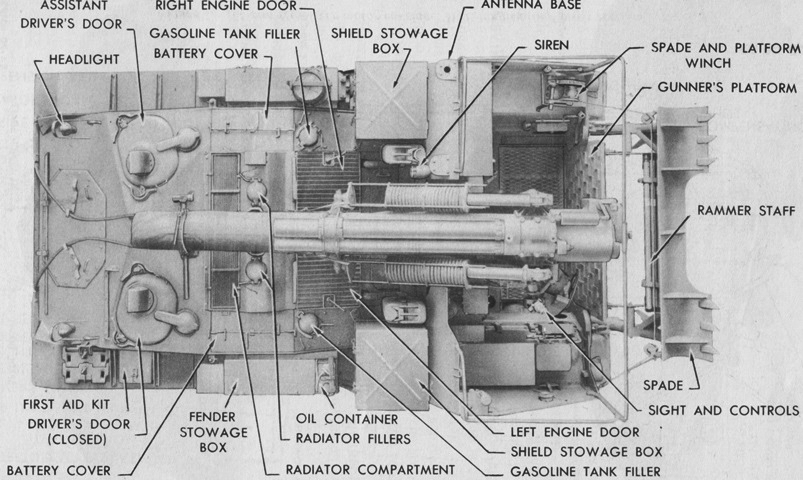
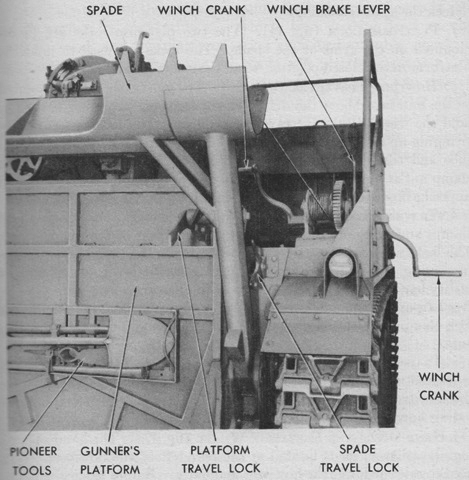
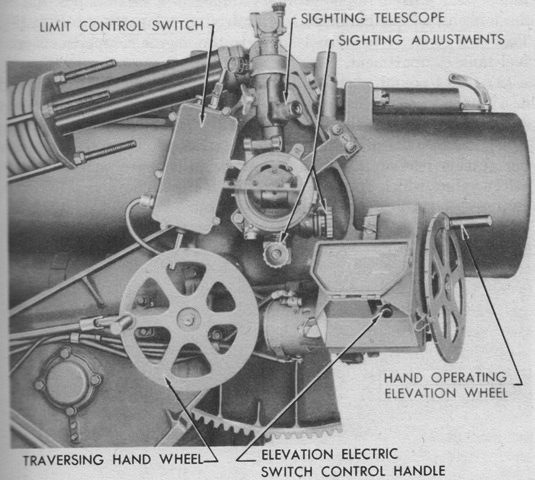
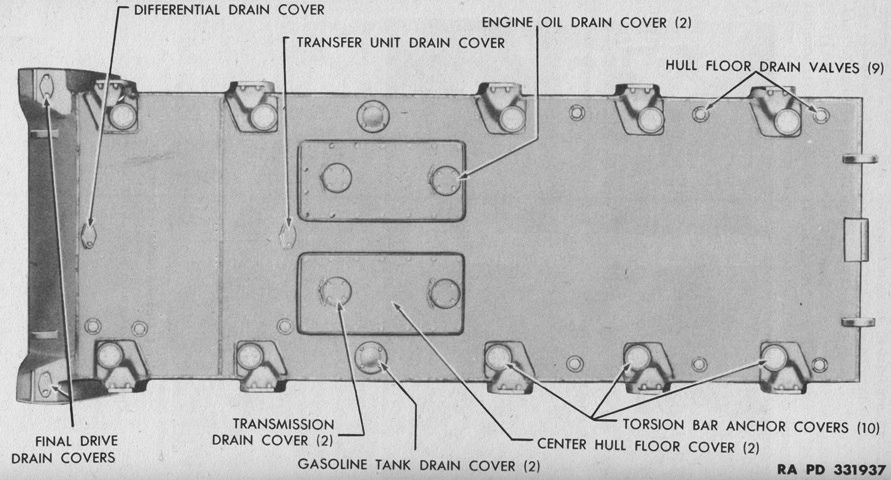
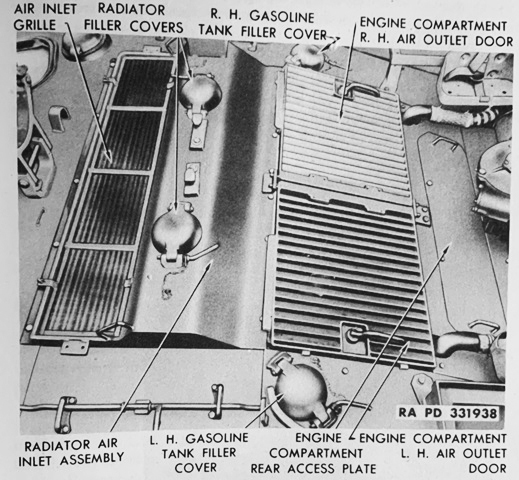
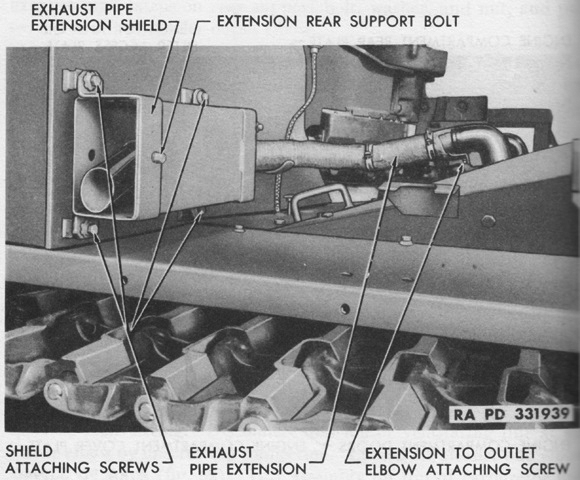

WW2 Tanks




























WW2 tanks posters

All Tiger tanks liveries.

Panther liveries and variants

WW2 Armour - All tanks











Tanks aces and single tanks series

Find more there

Museums, Movies, Books & Games
The Tanks and Armor in pop culture
Tanks and armored vehicles in general are only really grasped when seen first person: The mass, the scale, it's all there. Explore also the way tanks were covered in the movie industry, in books and in video games.Movies:
Best tanks movie on warhistoryonline.com
On imdb.com
On bestsimilar.com/
miltours.com
liveabout.com/
watchmojo.com
Video Games:
pcgamesn.com
historyhit.com
levvvel.com
vg247.com/best-tank-games
mmobomb.com/
alienwarearena.com

